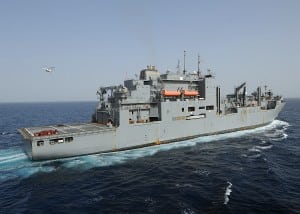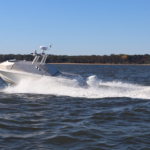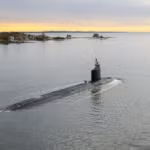
The Navy on Monday issued a Request for Information (RFI) and announced an Industry Day to help develop the replacement for the service’s old sealift and auxiliary ships.The notice, posted to FedBizzOpps, said the program manager for the Strategic and Theater Sealift Program Office (PMS-385) is conducting market research as it develops the requirements for new replacement strategic sealift and auxiliary ships.Relatedly, last month the House Armed Services Subcommittee on seapower and projection forces noted in its draft mark for…

 By
By 











